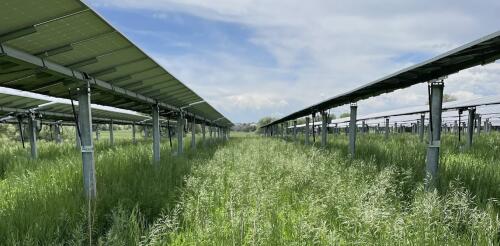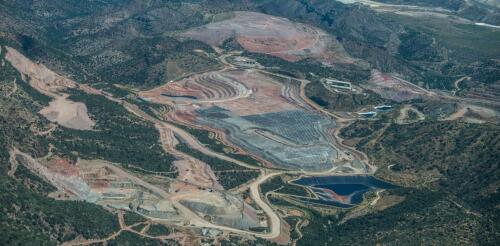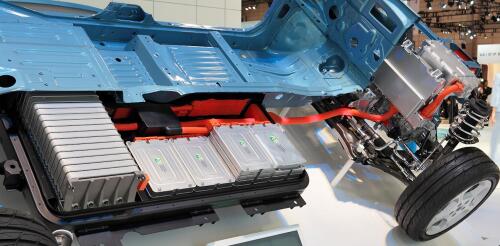Energy transition
The U.S. has a long record of extracting resources on Native lands and ignoring tribal opposition, but a decision by federal energy regulators to deny permits for seven proposed hydropower projects suggests that tide may be turning. As the U.S. shifts from fossil fuels to clean energy, developers are looking for sites to generate electricity from renewable sources. But in an unexpected move, the Federal Energy Regulatory Commission denied permits on Feb. 15, 2024, for seven proposed hydropower projects in Arizona and New Mexico. The reason: These projects were located within the Navajo Nation and were proposed without first consulting with the tribe. FERC said it was “establishing a new policy that the Commission will not issue preliminary permits for projects proposing to use Tribal lands if the Tribe on whose lands the project is to be located opposes the permit.” We are a cultural anthropologist and a water resource geographer who have studied tensions between...
Curious Kids is a series for children of all ages. If you have a question you’d like an expert to answer, send it to curiouskidsus@theconversation.com. Why aren’t there solar-powered cars? – Emma, age 16, Springville, Utah Solar cars exist. The best place to see them is the World Solar Challenge, a race that’s held every two years in Australia. Competitors have to drive about 1,870 miles (3,000 kilometers), from Darwin on the country’s north coast to Adelaide on its south coast, using only energy from the Sun. Many cars that compete in this race look more like amusement park rides or science fiction vehicles than the cars you see on the road. That tells you something about why solar cars aren’t an option for everyday travel, at least not yet. Collecting enough sunlight While a lot of sunlight falls on Earth during the day, the light becomes scattered as...
As societies look for ways to cut greenhouse gas emissions and slow climate change, large-scale solar power is playing a central role. Climate scientists view it as the tool with the greatest potential to reduce carbon dioxide emissions by 2030. In the U.S., the Department of Energy predicts that solar will account for nearly 60% of all new utility-scale electricity-generating capacity installed in 2024. But ideal locations for solar development often overlap with croplands or grasslands used for livestock grazing. Typically, large-scale solar arrays are designed to maximize energy generation, without much consideration for the ecosystems in which they are placed. For example, grading land and removing vegetation can cause erosion and send runoff into waterways. Solar developers have been fined for such environmental violations in Georgia, Massachusetts, Alabama, Idaho and Illinois. There also are concerns about how large solar installations affect animal movement patterns...
When Congress opened U.S. public lands for mining in 1872, the nation was less than a century old. Miners used picks, shovels and pressurized water hoses to pry loose valuable minerals like gold and silver. Today, mining is a high-technology industry, but it is still governed by the Mining Law of 1872. As was true 150 years ago, companies can mine valuable mineral deposits from federal lands without paying any royalties to the U.S. Treasury. Even when lands that formerly were available for mining receive new protected status as national parks or monuments, the 1872 mining law protects existing mining claims on those lands. That’s why a company called Energy Fuels Inc. just started mining uranium in January 2024 at a site in Arizona 10 miles from the Grand Canyon and inside a new national monument. Gold prospectors mining at Lake Coeur d'Alene, Idaho, circa 1885. Graphic House/Archive Photos via Getty Images...
In a newly published study, we describe our design for a self-extinguishing rechargeable battery. It replaces the most commonly used electrolyte, which is highly combustible – a medium composed of a lithium salt and an organic solvent – with materials found in a commercial fire extinguisher. An electrolyte allows lithium ions that carry an electric charge to move across a separator between the positive and negative terminals of a lithium-ion battery. By modifying affordable commercial coolants to function as battery electrolytes, we were able to produce a battery that puts out its own fire. Our electrolyte worked well across a wide temperature range, from about minus 100 to 175 degrees Fahrenheit (minus 75 to 80 degrees Celsius). Batteries that we produced in the lab with this electrolyte transferred heat away from the battery very well, and extinguished internal fires effectively. We subjected these batteries to the nail penetration test, a common method for ass...




